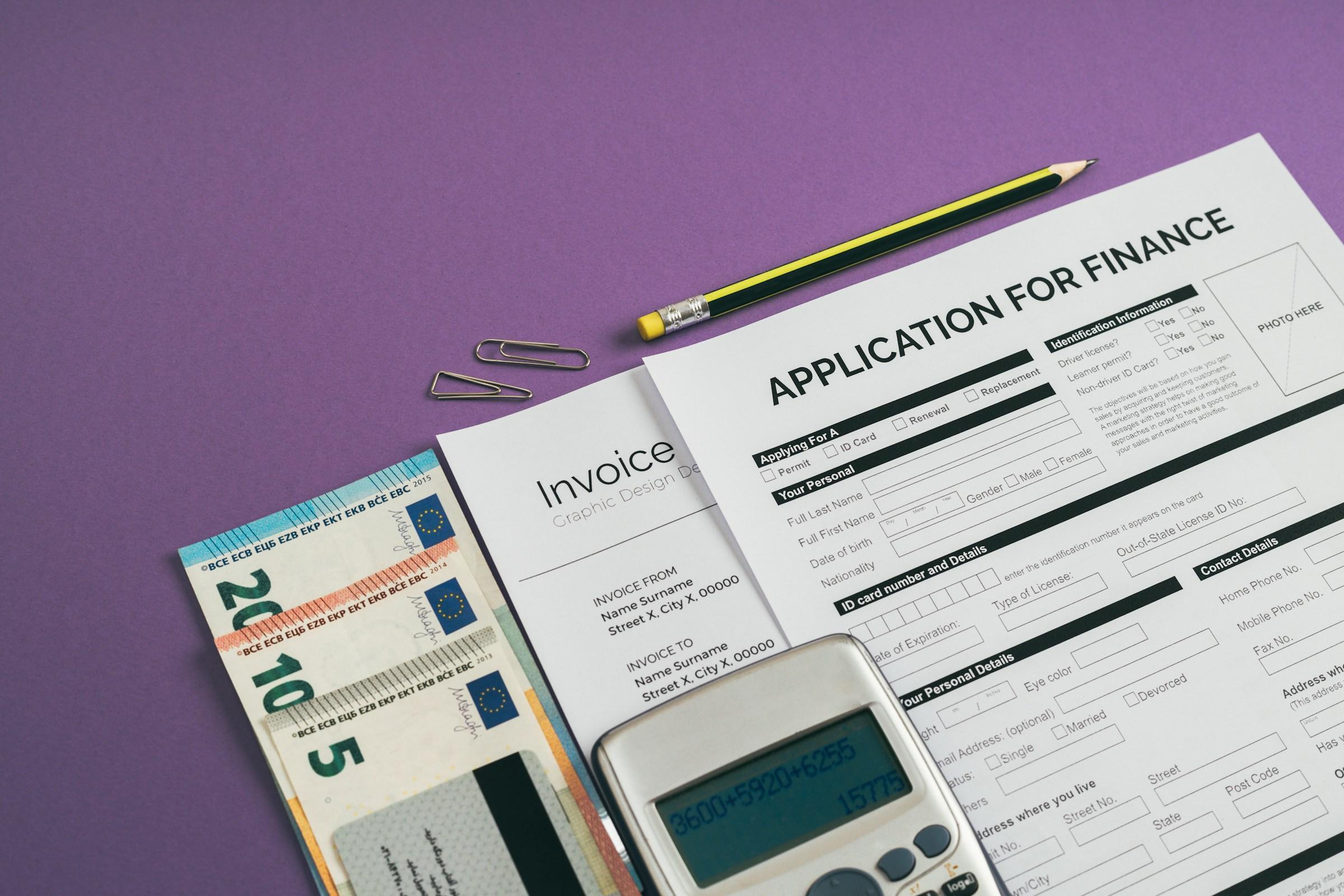Federal student loans are often discussed as if they were interchangeable with any other kind of borrowing, judged only by interest rates or monthly payments. That view hides what makes them distinct. These loans are not just a financing channel for tuition. They are a public policy tool designed to give students access to education while cushioning the risks that come with uncertain early careers, family responsibilities, economic shocks, and the normal detours of adult life. When you examine how federal student loans behave in the real world, you find a set of protections and options that private loans rarely match, and those features can shape both your day to day budget and your long term plans.
The first difference appears at the moment you try to borrow. Undergraduate federal loans are accessible without a credit history or a cosigner. For many students, especially first generation college entrants or those from families with thin credit files, that access is decisive. You are not forced to import a parent’s credit score or find someone to guarantee your debt before you can enroll. Private lenders usually insist on underwriting that prices your risk and may require a cosigner, which can raise costs or block the path to enrollment entirely. Federal loans lower that barrier so that the decision to start school hinges more on your academic readiness than on your family’s credit profile.
Once you borrow, the interest rate structure matters. Federal student loans use fixed rates that remain the same for the life of each loan. A fixed rate turns your repayment plan into an exercise in planning rather than guessing. You can build a budget that does not change simply because markets moved. Private loans can offer variable rates that start low but float with broader interest rates. There are times when a variable rate works out, but there is also the risk that rates rise just as you are navigating a modest entry level salary or moving to a new city. Predictability has value when every ringgit or dollar needs a job.
For borrowers who qualify based on need, subsidized federal loans add another quiet benefit. Interest does not accrue while you are enrolled at least half time and during certain deferments. This pause prevents the balance from swelling while you are in class, juggling assignments, or completing clinical rotations. The starting point of repayment is closer to the amount you actually borrowed. Private loans and unsubsidized loans typically do not offer that grace, and over several years the difference compounds into real money saved.
Repayment flexibility is the feature most people feel once the bills arrive. The federal system offers multiple repayment paths, including income driven plans that peg your monthly payment to a percentage of your earnings. This design recognizes that early career pay can be uneven and that some jobs provide social value without matching private sector salaries. By linking payments to income, the program turns a fixed debt into a manageable cash flow commitment that scales with your paycheck. You can start in a lower paying public service role or a mission driven nonprofit and still meet your obligations without sacrificing rent, food, and transportation. As your income grows, your payment adjusts sensibly. The debt does not disappear, but the plan stays livable, and you reduce the risk of delinquency that can scar your credit for years.
Life rarely follows a spreadsheet, which is why deferment and forbearance exist. A layoff, a medical issue, a period of caregiving, or a return to school can compress your budget. Federal loans allow you to pause payments through specific deferments or forbearance. In some cases, interest on certain loans will not accrue during deferment, which helps contain the balance while you get back on your feet. These pauses are not a long term strategy and should be used thoughtfully, but they provide a safety valve that keeps a temporary hardship from turning into default.
Over a multi year degree it is common to accumulate several loans with different rates and servicers. Federal consolidation lets you combine them into a single new federal loan with a weighted average rate. The immediate benefit is administrative simplicity. The deeper benefit is that you keep access to federal repayment plans and protections that would vanish if you refinanced into a private loan. Refinancing can be attractive later if your income is stable and rates are meaningfully lower, but doing it too soon trades away valuable options when you are most likely to need them.
The presence of loan forgiveness pathways is a structural advantage that simply does not exist in most private contracts. Under income driven repayment, remaining balances can be forgiven after a set number of qualifying payments. Public Service Loan Forgiveness offers discharge after ten years of qualifying work and payments for borrowers in eligible public sector and nonprofit roles. These programs require careful documentation and patience, and the rules can evolve, but they change the career math in fields like education, public health, social work, and the military. They allow people to choose work that benefits society without carrying an impossible burden for decades. That is not a loophole. It is an intentional recognition that the market does not fully price some forms of service.
Consumer protections within the federal system add another layer of security. Servicers operate under standardized rules and oversight, borrowers have access to an ombuds office, and there are defined processes for relief in cases of school closure, certain kinds of misconduct, or permanent disability. Private lenders may be ethical and responsive, but they are not obligated to mirror these protections. When something goes wrong, having a clear path to appeal or discharge can be the difference between an inconvenience and a financial crisis.
There are smaller benefits that still matter over long horizons. Interest paid on qualifying student loans may be deductible within income limits, and servicers issue standardized forms for tax filing. Many servicers offer a small rate reduction for enrolling in automatic debit, which nudges on time payment behavior and saves a bit of interest. The system also coordinates with graduate study. If you continue your education and remain enrolled at least half time, you may qualify for in school deferment, which allows you to focus on the next program without juggling old payments, although interest may continue to accrue on specific loan types.
When you take a financial planning view, these features shape how you manage the first years after graduation. Because federal loans allow payments that reflect your income, you can protect essentials, build a starter emergency fund, and make your required payment without abandoning long term investing entirely. Even small contributions to retirement accounts in your twenties or early thirties can matter because compounding has time to work. As your salary rises, you can increase retirement savings, evaluate whether the standard plan now fits, or make extra payments if forgiveness is not part of your plan. The structure of federal loans supports a staged approach rather than an all or nothing scramble.
Flexibility also supports career experiments. Perhaps you want to accept a fellowship, join an early stage startup with lower cash compensation, relocate for a partner’s opportunity, or take time out for caregiving. With federal loans, you have tools to lower or pause payments without wrecking your credit. That does not mean you should borrow casually. It means you can make thoughtful moves with guardrails, then return to a standard plan when your income stabilizes. Private loans are more likely to demand fixed payments regardless of circumstances, which can narrow your options right when you are building the career that will ultimately fund repayment.
There is a psychological element that should not be discounted. Predictable rules reduce anxiety. When you know that payments can adjust with income, that hardship options exist, and that there are defined off ramps under certain conditions, you are more likely to stay engaged with your loan management. Avoidance is what triggers missed notices, capitalized interest surprises, and damaged credit. The federal system encourages communication with servicers and rewards timely paperwork. That posture keeps you in control.
Parents and graduate borrowers sometimes consider private refinancing after a few years. Starting with federal loans still makes sense for most. You benefit from protections during school and early career, then reassess once your income and credit history are stronger. If a private offer beats your federal rate by a meaningful margin and you no longer need income driven options or forgiveness, you can refinance a portion of the balance. The key is to time that move to your risk tolerance and life stage. Trading away insurance right when you are most likely to file a claim rarely ends well.
None of this suggests that federal loans are perfect. Interest can still feel heavy, rules can be complex, and servicer quality varies. Forgiveness programs demand discipline and detailed records. The wise approach is not to romanticize the system but to use it with clear eyes. Before borrowing, map the full cost of attendance, including living expenses, internships, and the opportunity cost of stepping out of the workforce. Estimate a conservative salary range for your field. Sketch three repayment scenarios, one optimistic, one base case, and one cautious. Ask whether your career path could qualify for forgiveness and whether you intend to stay in that sector long enough to benefit. If the plan only works under the rosiest assumptions, adjust the school list, the living arrangement, or the pace of your program.
When comparing offers, judge each option by how it behaves when life is ordinary and when life is messy. If a private lender quotes a lower rate but requires a cosigner, consider how that obligation affects your family’s own borrowing plans. If the rate is variable, test what happens if rates rise while your rent and other costs climb. If you aim to move after graduation, remember that recertifying income and updating your repayment plan can protect cash flow during the transition.
The core benefit of federal student loans is resilience. Fixed rates allow realistic planning. Income driven repayment aligns payments with earnings. Deferment and forbearance soften the impact of shocks. Subsidized interest shields balances during school. Consolidation streamlines management without sacrificing protections. Forgiveness provides a long horizon pathway for those who serve or those whose incomes remain constrained. Consumer safeguards reduce the risk of arbitrary outcomes. Put together, these features turn student debt from a source of constant stress into a manageable part of the background while you build a career and household that reflect your goals.
If you are deciding how to pay for school or whether to refinance existing debt, start with your timeline and your tolerance for risk. Look five to ten years ahead and be honest about the uncertainties. Choose the structure that still works if the plan shifts, not just the one that looks cheapest today. Smart borrowing is less about aggressiveness and more about alignment. Federal student loans were built to support that alignment, giving you room to grow without letting the debt define your life.










-1.jpg&w=3840&q=75)



.jpg&w=3840&q=75)